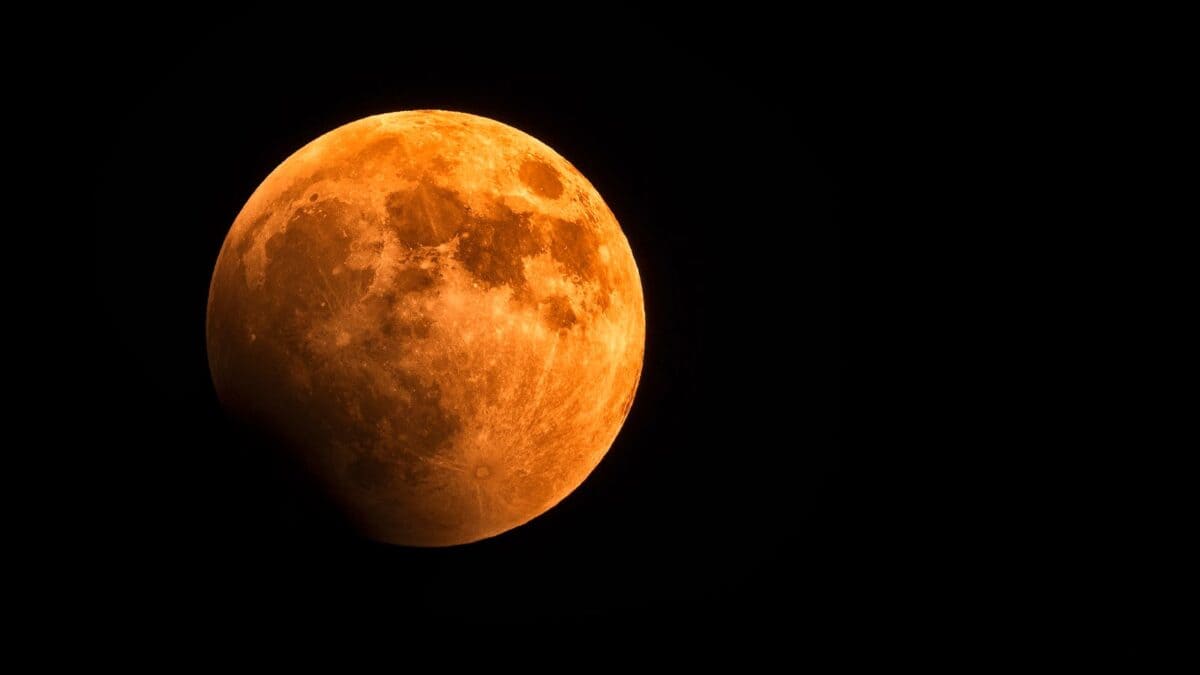The night sky has always been a canvas for celestial wonders that captivate onlookers. One such awe-inspiring event is set to adorn the Texas sky next month—the Blood Moon. Many Texans are gearing up to witness this celestial phenomenon, which transforms the Moon into a mesmerizing, eerie red orb. But what causes this transformation, and why is it such a captivating event? In this article, we’ll delve into the intricacies of the Blood Moon, its causes, and its significance.
The Science Behind the Blood Moon

The Blood Moon is a colloquial term often used to describe a total lunar eclipse. During this astronomical event, the Earth positions itself directly between the Sun and the Moon. This alignment causes the Earth to block direct sunlight from reaching the Moon, casting a shadow across its surface.
Why Does the Moon Appear Red?

The red hue of the Blood Moon is a result of Rayleigh scattering. As sunlight passes through the Earth’s atmosphere, shorter blue wavelengths scatter out, while longer red wavelengths pass through. This refracted light is cast onto the Moon, giving it a reddish tint. It’s the same phenomenon that makes sunsets and sunrises appear red.
When Will the Blood Moon Occur?

Texans can mark their calendars for November 8, 2023, when the Blood Moon will grace the night sky. The eclipse will begin shortly after midnight and reach its maximum at around 3:59 AM local time. This timing ensures a prime viewing opportunity for those willing to stay up late or wake up early.
Tracking the Path of Totality

The path of totality refers to the area on Earth where the lunar eclipse is fully visible. While the Blood Moon can be seen partially across the United States, Texas lies in the direct path, offering a prime location for observing the full spectacle.
Understanding the Types of Lunar Eclipses

While a total lunar eclipse is the most dramatic, it’s not the only type of lunar eclipse. A partial lunar eclipse occurs when only a portion of the Moon enters Earth’s shadow. On the other hand, a penumbral eclipse is subtler, as the Moon passes through the Earth’s penumbral shadow, causing a slight dimming.
Historical and Cultural Significance

Throughout history, lunar eclipses have been subjects of fascination and fear. Ancient civilizations often attributed mystical or ominous meanings to the Blood Moon. For instance, the Inca believed a lunar eclipse was a jaguar attacking the Moon. Today, these events are celebrated for their natural beauty and scientific intrigue.
Tips for Viewing the Blood Moon

Viewing a lunar eclipse doesn’t require special equipment; it can be seen with the naked eye. However, using binoculars or a telescope can enhance the experience by providing a closer view of the lunar surface. Ensuring an unobstructed view of the sky and checking the weather forecast can also aid in viewing.
Photographing the Blood Moon

Capturing the Blood Moon’s beauty requires some preparation. A tripod, a camera with manual settings, and a telephoto lens can help capture clear images. Set a low ISO, a long exposure, and practice patience to account for any changes in lighting as the eclipse progresses.
Astrophotography Tips

Beyond ordinary photography, astrophotography during a Blood Moon offers unique photographic opportunities. By combining multiple exposures, you can create composite images showing the Moon’s transition through the eclipse. Experiment with time-lapse photography for a dynamic visual record.
Astronomical Events Coinciding with the Blood Moon

During the Blood Moon, other celestial phenomena might enhance the experience. For instance, watch for meteor showers or the visibility of planets such as Venus or Mars near the lunar disc. These events make the night sky even more captivating.
Preparing for Observing Nights

Stargazing during a lunar eclipse can be an exciting group activity. Plan a gathering with friends or family, complete with blankets, snacks, and hot beverages. Such preparation ensures comfort during the chilly November night while watching the Blood Moon unfold.
Future Blood Moons to Anticipate

If you miss this month’s event, fear not; lunar eclipses occur regularly. The next notable Blood Moon after November 2023 will be in May 2025. By staying informed about upcoming astronomical events, you can plan to witness these celestial wonders repeatedly.
In conclusion, the Blood Moon offers a unique opportunity to connect with the universe’s grandeur right from our backyards. Whether you’re an avid astronomer or a casual stargazer, the upcoming lunar eclipse is a spectacle not to be missed. Gather your friends, prepare your equipment, and immerse yourself in the cosmic dance above the Texas sky.
- From Feast to Forbidden: Why Horses Are Off the Menu in Many Countries - August 17, 2025
- The Most Fearless Mountain Lions Ever Spotted in the US - August 16, 2025
- The Most Mysterious Deep-Sea Creatures Found in US Waters - August 16, 2025

